Ghana flag Royalty Free Vector Image VectorStock

Flagz Group Limited Flags Ghana Flagz Group Limited Flags
The flag of Ghana was the second in Africa to use the Pan African colours. Those colours were taken from the flag of Ethiopia because it was the first independent state on the continent, and therefore it became a symbol of freedom. The five-pointed star at the centre of the flag of Ghana is sometimes called the Lodestar of African freedom.
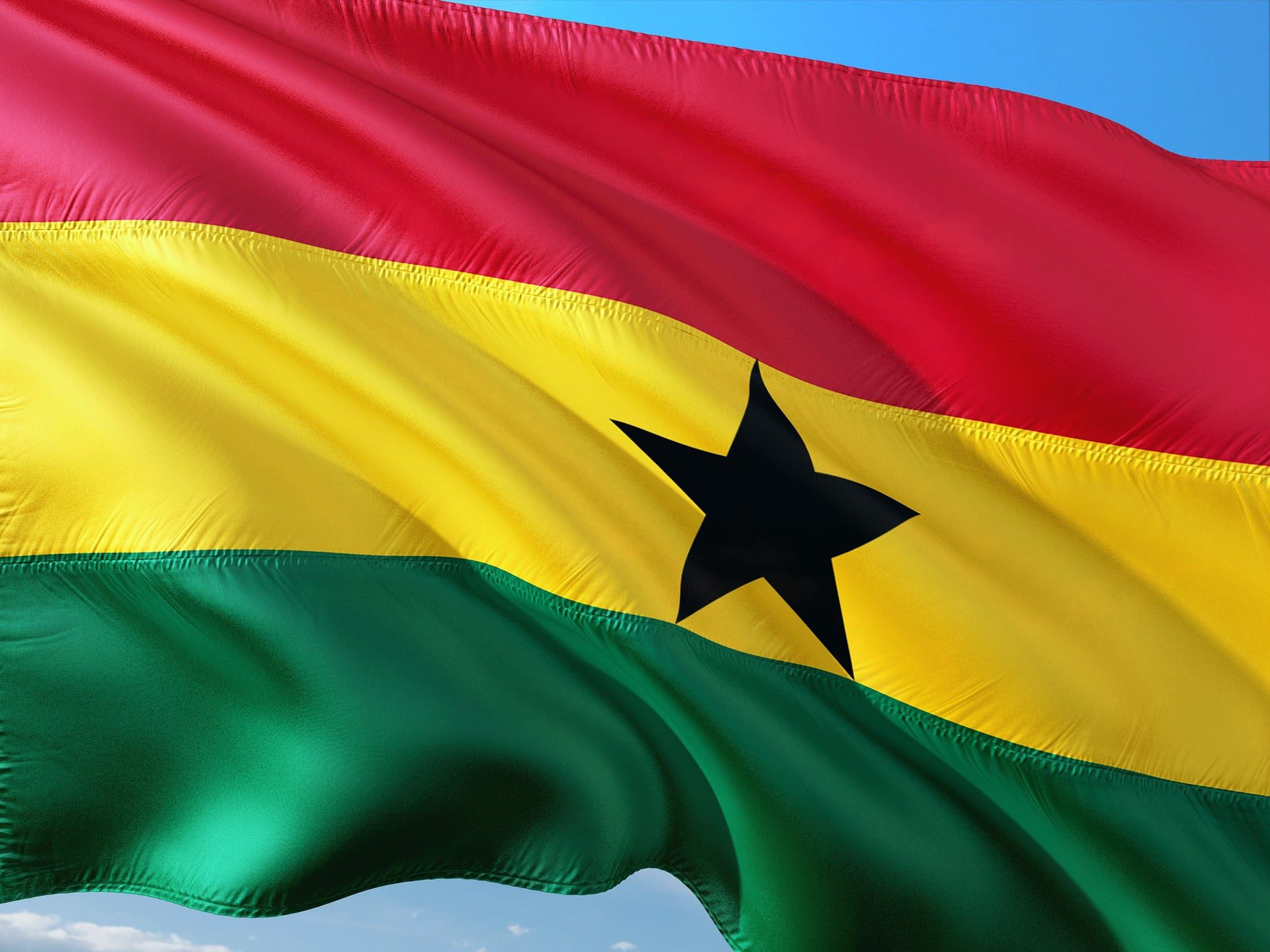
10 Things You Need To Know About Ghana and Ghanaian Culture Demand Africa
A horizontal triband of red, gold, and green, charged with 2 black stars on the yellow band. [27] 1961-1962. Flag of the Union of African States. A horizontal triband of red, gold, and green, charged with 3 black stars on the yellow band. 1964-1966. 2nd flag of Ghana.

Ghana flag Royalty Free Vector Image VectorStock
The flag of the African Union is a green flag with the dark green map of the African continent on a white sun, surrounded by a circle of 55 5-pointed gold (yellow) stars.. Flag of Ghana: 1877-1957: Flag of the Gold Coast: 1960-1963: Flag of the State of Katanga: 1895-1921: Flag of Kenya: 1921-1963: Flag of Kenya: 1886-1906:
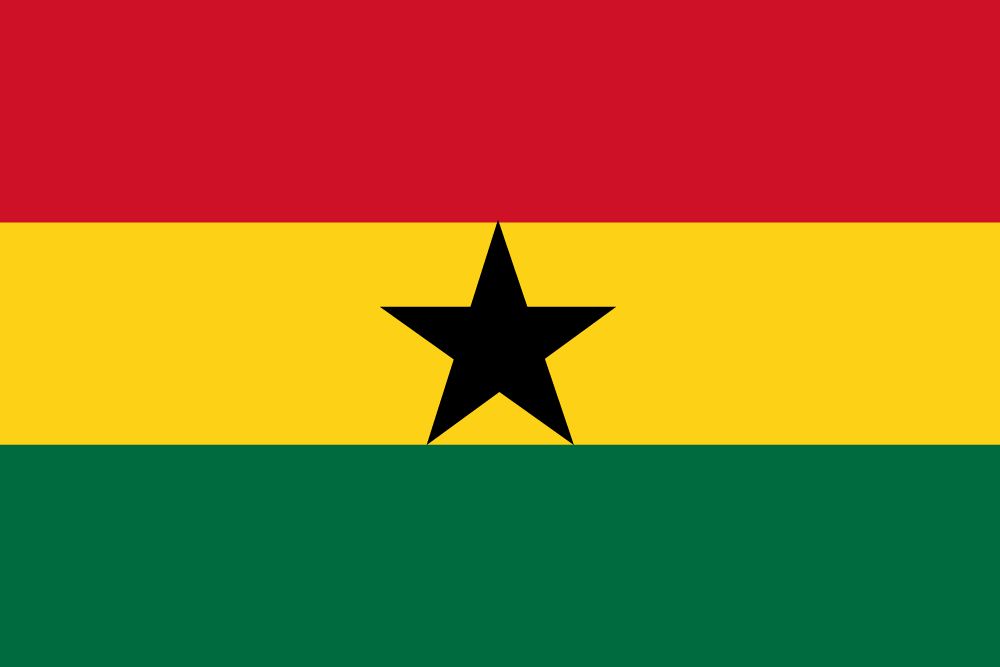
Flag of Ghana image and meaning Ghanaian flag Country flags
The first time the flag was adopted by Ghana was on the 6th of March, 1957. The different colors on the flag symbolize and stand for several different things. The red symbolizes the blood sacrificed in the fight for independence, the yellow represents the country's mining wealth, and the green represents, as it does on the flags of many other African countries, the forests.
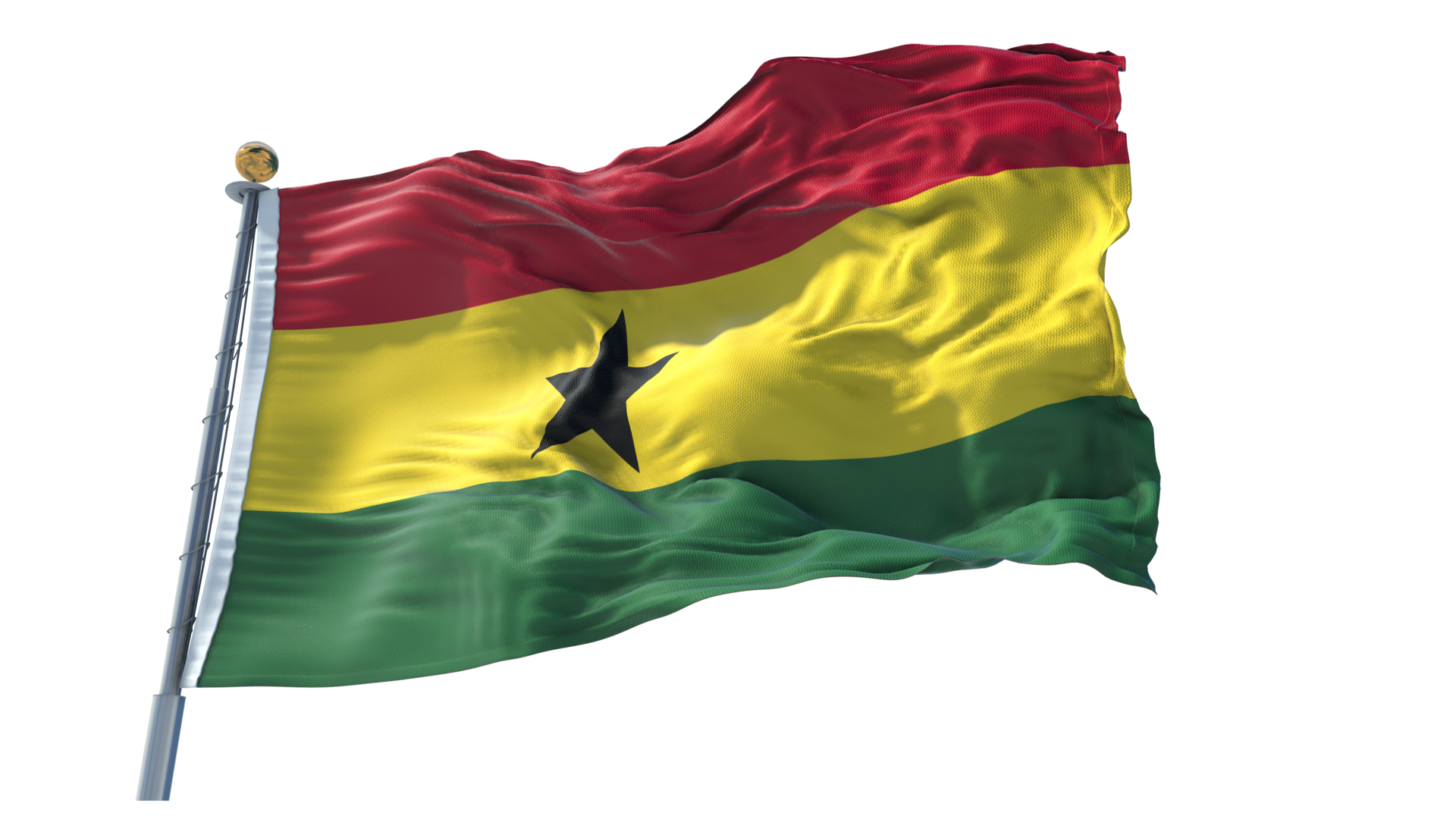
Ghana Flag PNG 12301151 PNG
The original flag used by Ghana was the flag of the Kingdom of Ashanti. Following this flag was the flag of the Gold Coast, which was used until 1957. A flag very similar to the design today - the flag of the Union of African States - was used until the early 1960s before being replaced with a similar flag which was used through 1964.

Ghana Flag Meaning and History
The national flag of Ghana was designed and adopted in 1957 and was flown until 1962, and then reinstated in 1966. It consists of the Pan-African colours of red, gold, and green, in horizontal stripes, with a black five-pointed star in the centre of the gold stripe. The Ghanaian flag was the second African flag after the flag of the Ethiopian.
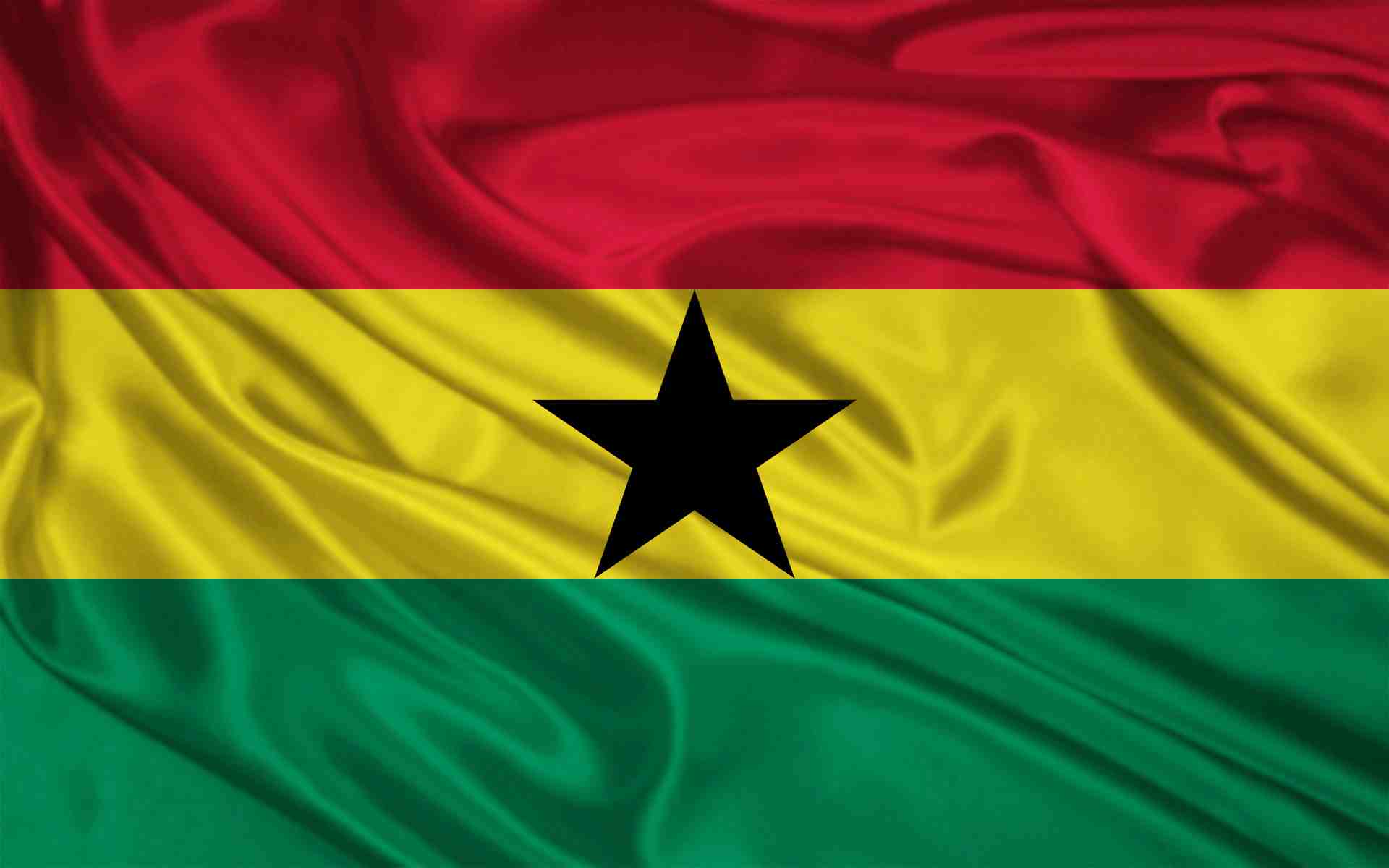
Ghana Flag 10 Striking Facts About the National Flag
The national flag of Ghana was designed in 1957 by Theodosia Okoh and was adopted at independence the same year. The new flag replaced the Union Jack, used in all countries colonized by the British.However, the flag of Ghana was used until 1959 when Guinea and Ghana came together to form the Union of African State.
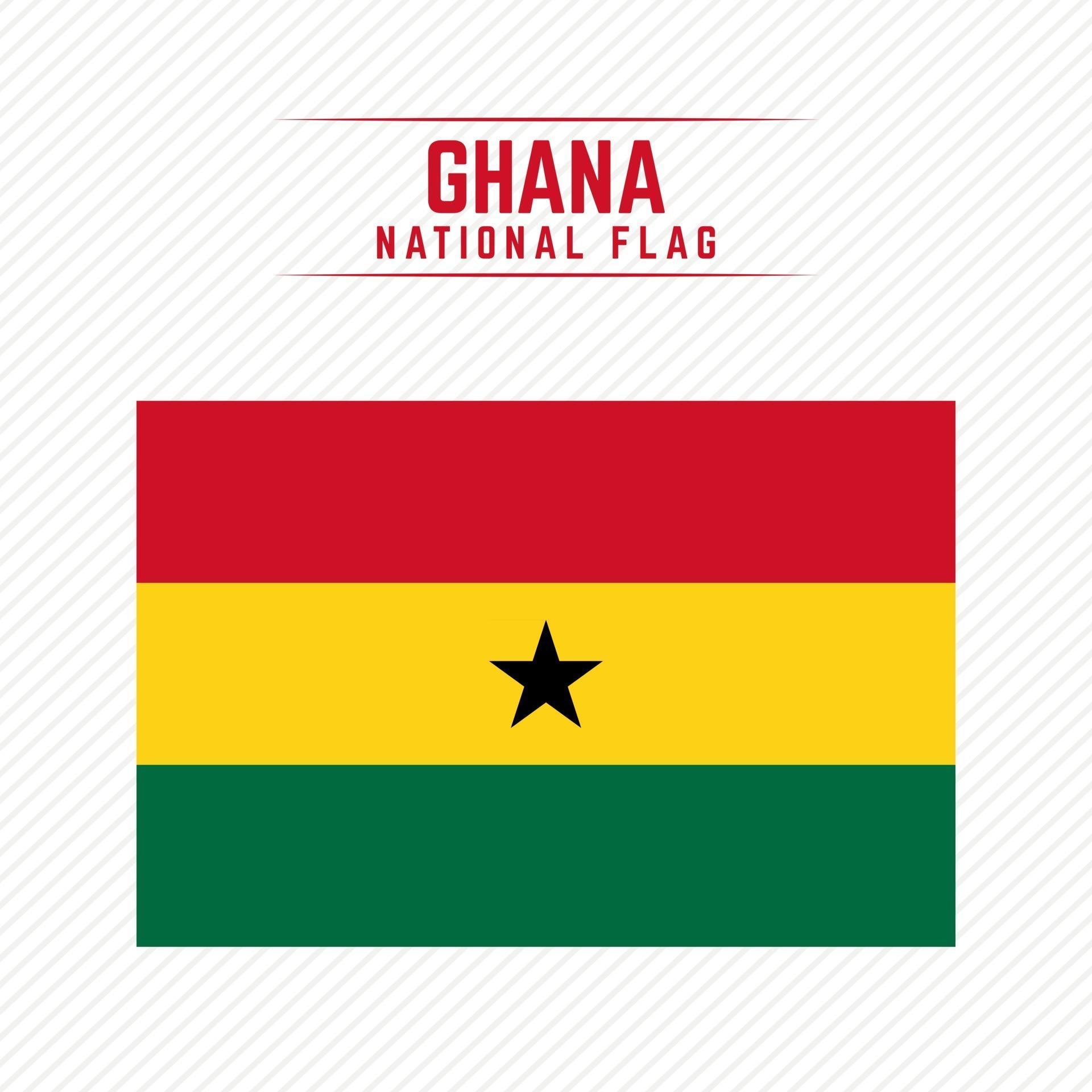
National Flag of Ghana 2828039 Vector Art at Vecteezy
Ghana's flag comprises red, green, and yellow Pan-African colors and a five-pointed black star at its center. The flag represents Ghana's sovereignty and its people's resilience. The Adomi Bridge in Ghana at sunrise. Ghanaians first raised their flag in 1957 when the country secured its independence from British rule.
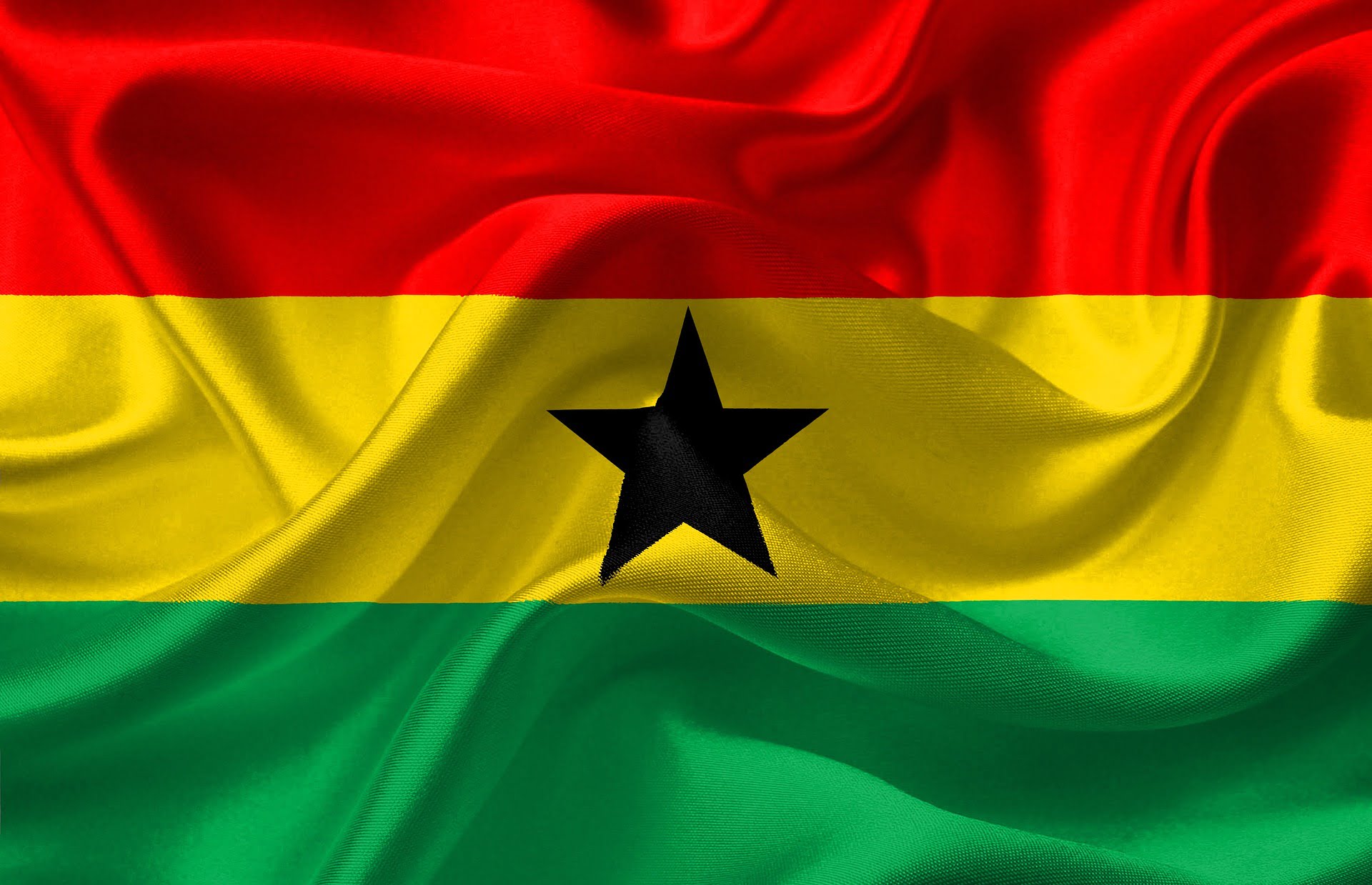
Regions in Ghana GhanaPlus
Details. Ghana. jpg [ 7.67 kB, 267 x 400] three equal horizontal bands of red (top), yellow, and green, with a large black five-pointed star centered in the yellow band; red symbolizes the blood shed for independence, yellow represents the country's mineral wealth, while green stands for its forests and natural wealth; the black star is said to.

Ghana flag on a white Royalty Free Vector Image
On that day a national flag, based on the Convention People's Party flag, was hoisted throughout the land. The country also acquired a new name, based on the empire of Ghana, which had been a powerful and rich state from the 7th to the 13th century.Ghana, as the first of the sub-Saharan African states to achieve independence, took a leading role in the movement toward African liberation and.

Flag of Ghana Waving [FREE USE] YouTube
The national flag of Ghana consists of the Pan African tricolors red, green, and yellow with a black five-pointed star at the center. This flag is a symbol of the country's sovereignty as well as the resilience of its people. The flag of Ghana was first hoisted on 6th March 1957. It symbolizes new beginnings for the people as well as their.

Ghana Flags of countries
Ghana, country of western Africa, situated on the coast of the Gulf of Guinea. Although relatively small in area and population, Ghana is one of the leading countries of Africa and is celebrated for its rich history. Ghana's capital is the coastal city of Accra. Learn more about the country of Ghana here.

The official flag of the Ghana
Flag of Ghana January 1, 1964 - February 28, 1966. The very first republican flag appeared in 1870, when Ghana became part of British West Africa. And it was a British colonial symbol with a colonial badge. In 1877 the inscription on the badge changed.
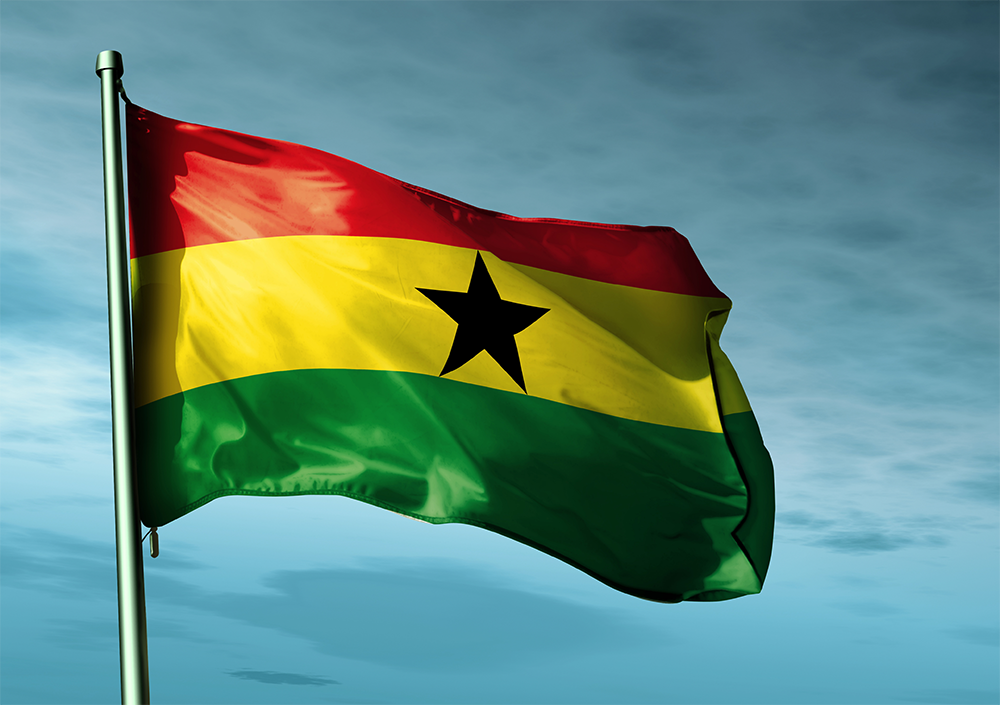
12 Amazing Facts You May Not Know About Ghana
Flag of Ghana. Ghana was the first African state that chose to use traditional Pan-African colors (red, yellow, and green) on its flag. It happened in 1957, when Ghana gained independent from Great Britain. The colors of the tricolor were inspired by the national colors of Ethiopia, which, as the first independent state, was a symbol of the.
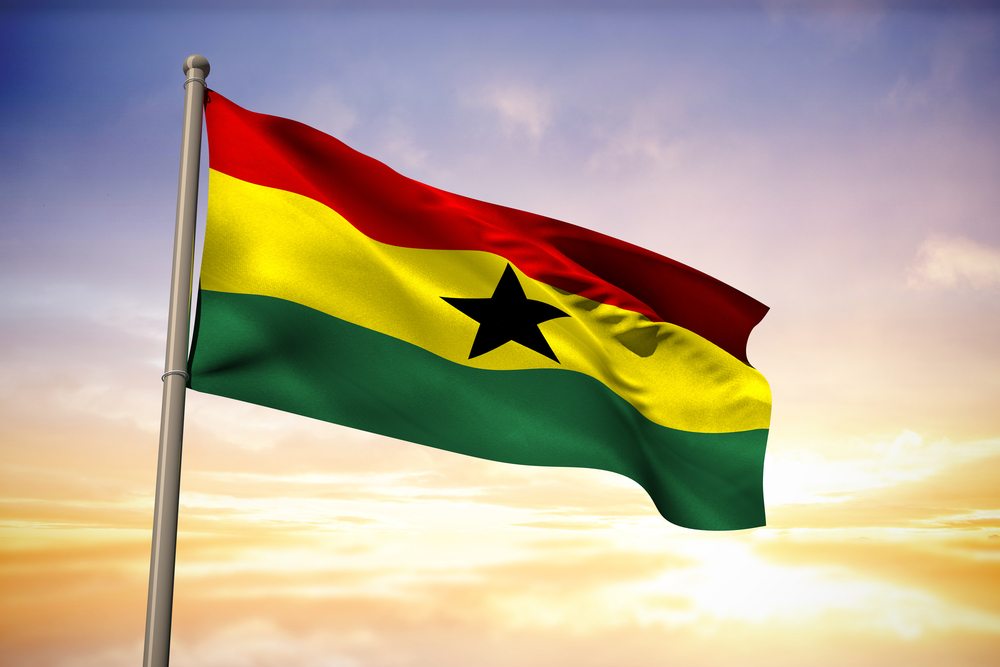
African Flags And Their Interesting Historical Meanings
Ghana Flag was the second African ensign after the flag of the Ethiopian Empire to landscaping these colors. The red signifies the blood of people struggled for independence from Great Britain. The gold in trhe Flag of Ghana represents the mineral wealth of the country. The color green depicts the country's rich forests and natural wealth.
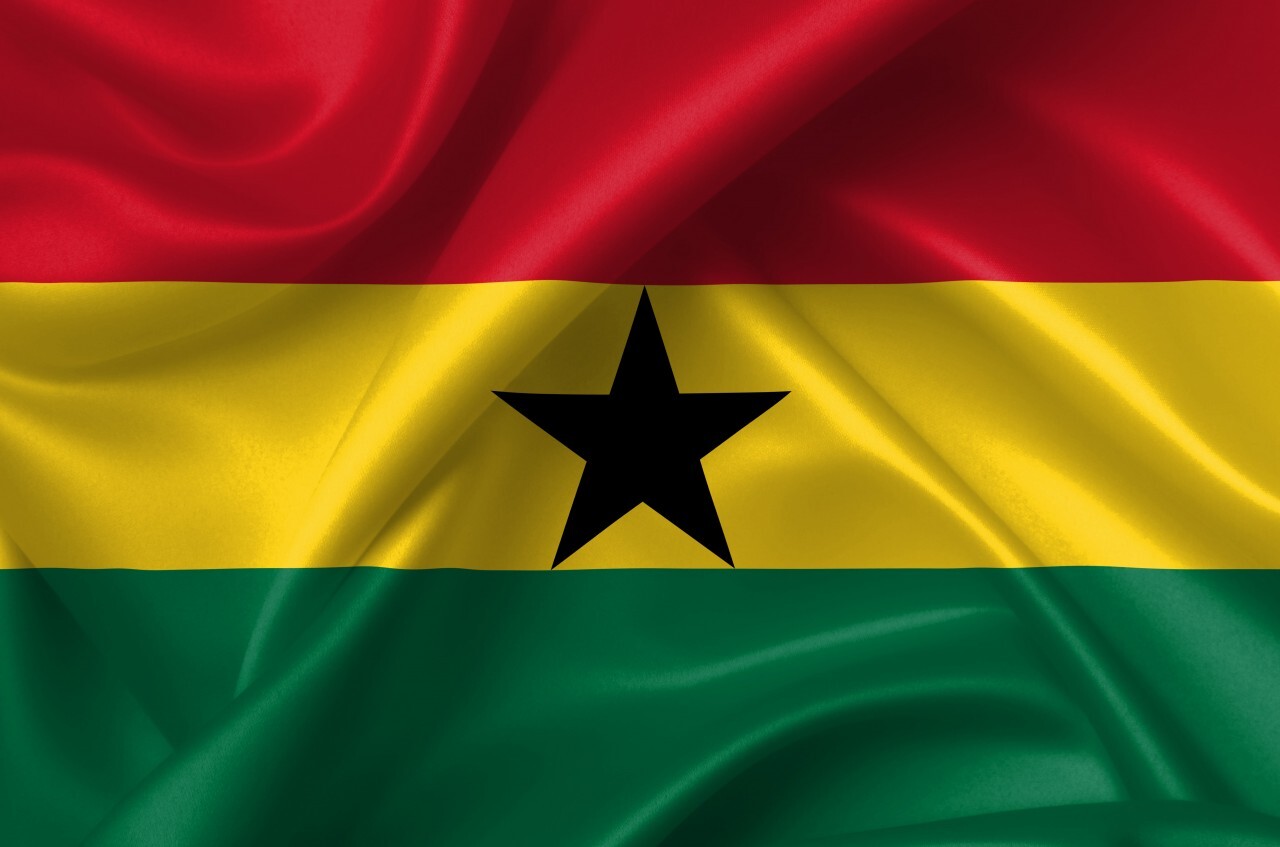
ghana flag Photo 567 motosha Free Stock Photos
The national flag of Ghana consists of a horizontal triband of red, yellow, and green. It was designed in replacement of the British Gold Coast's Blue Ensign.. The flag was adopted upon the independence of the Dominion of Ghana on March 6, 1957. It was designed the same year by Theodosia Okoh, a renowned Ghanaian artist. The flag was flown until 1964 and it was then reinstated in 1966.